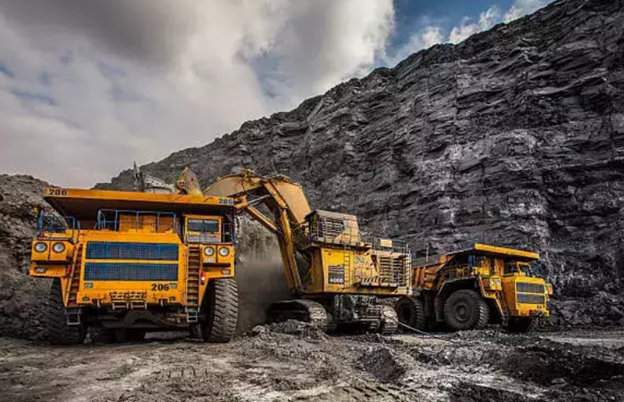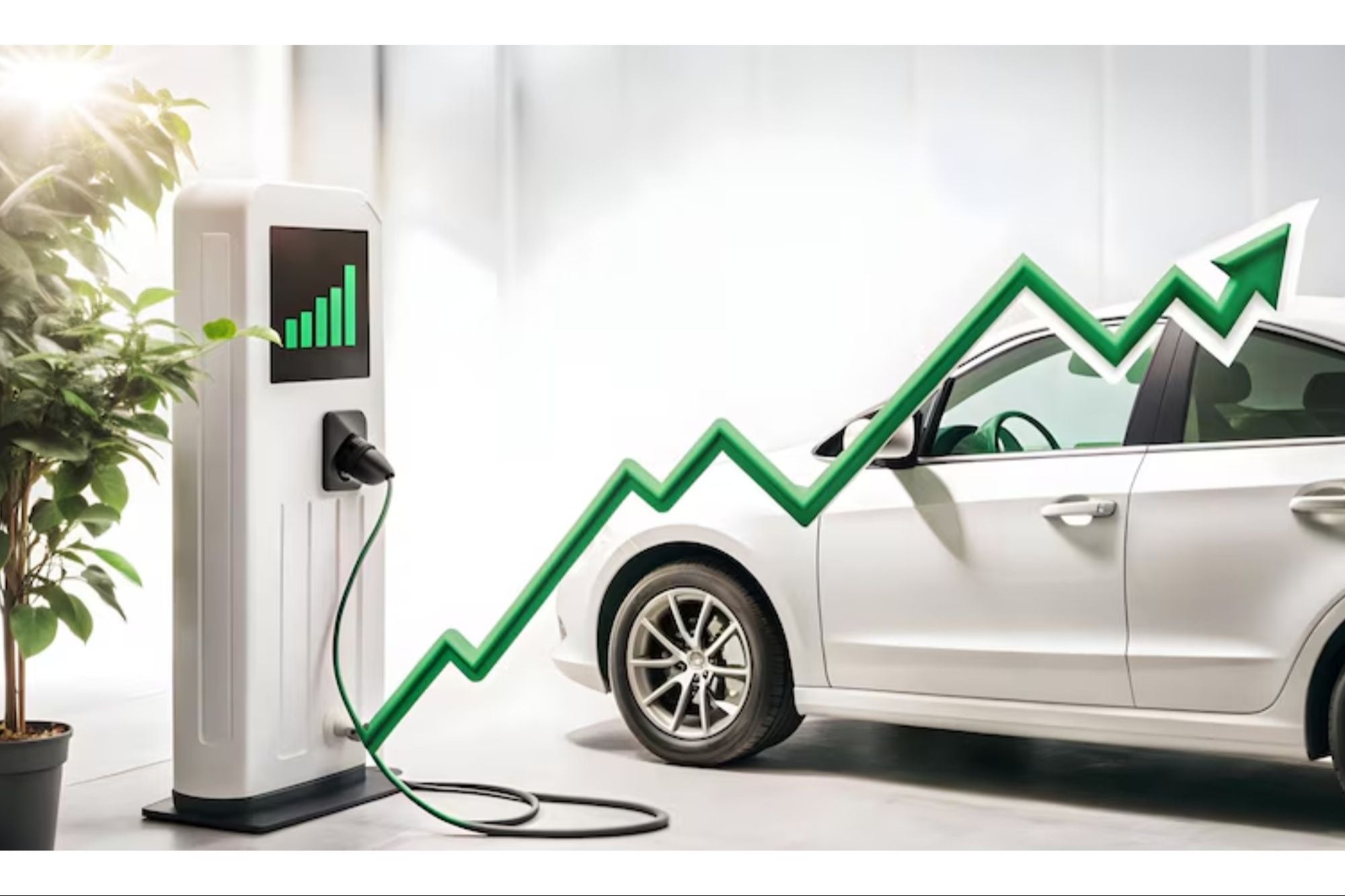- Courses
- GS Full Course 1 Year
- GS Full Course 2 Year
- GS Full Course 3 Year
- GS Full Course Till Selection
- Answer Alpha: Mains 2025 Mentorship
- MEP (Mains Enrichment Programme) Data, Facts
- Essay Target – 150+ Marks
- Online Program
- GS Recorded Course
- Polity
- Geography
- Economy
- Ancient, Medieval and Art & Culture AMAC
- Modern India, Post Independence & World History
- Environment
- Governance
- Science & Technology
- International Relations and Internal Security
- Disaster Management
- Ethics
- NCERT Current Affairs
- Indian Society and Social Issue
- NCERT- Science and Technology
- NCERT - Geography
- NCERT - Ancient History
- NCERT- World History
- NCERT Modern History
- CSAT
- 5 LAYERED ARJUNA Mentorship
- Public Administration Optional
- ABOUT US
- OUR TOPPERS
- TEST SERIES
- FREE STUDY MATERIAL
- VIDEOS
- CONTACT US
Balancing Sustainable Energy Goals with Coal Realities
Balancing Sustainable Energy Goals with Coal Realities
28-11-2023

Why in News?
In present scenario, the dynamic landscape of renewable energy presents a significant challenge between traditional and eco-friendly practices.
- Coal, a widely used yet highly polluting energy source, poses a significant challenge to global sustainability goals.
- Despite global efforts to adopt cleaner alternatives, coal remains a significant obstacle in achieving sustainable development.
What is the Role of Coal in the Energy Mix?
- Coal in Global Energy Mix: In 2022, oil, coal, and gas accounted for 30%, 27%, and 23% of the world's total energy, while solar and wind energy combined contributed only 2.4%.
- Coal, the most carbon-intensive fossil fuel, accounts for just over a third of global electricity generation.
- Coal in India’s Energy Context: In 2022, India's primary energy consumption primarily comes from coal and oil gas, with renewables accounting for only 10.4% of the total.
- India's coal-fired thermal power plants (TPPs) contributed 74.3% of the country's electricity generation during FY 2022-2023, with their generation continuing to increase to meet demand.
- India's electricity affordability is largely due to the 96% of coal used by TPPs sourced from domestic mines.
- India's National Electricity Plan predicts a 259-262 GW increase in TPP capacity by FY32, from 212 GW in FY23.
- India's per capita energy supply is 37% of the global average, indicating a growing energy demand that aligns with the Human Development Index.
- India must continue implementing clean coal technologies to reduce power sector emissions and achieve net zero emissions by 2070.
- India's continuous and affordable supply to meet peak and off-peak demands is significantly dependent on the efficient operation of Thermal Power Plants (TPPs).
- India's emissions from fossil fuels and industry from 1750 to 2021 are only 3.3% of global total, trailing behind Europe (31%), the U.S. (24.3%), and China (14.4%).
What are the Environmental and Social Impacts of Coal?
- Coal Quality and Transportation:
- Indian coal is found to have significantly higher levels of fly ash compared to other major coal-mining countries.
- Burning coal with increased ash results in erosion and tube failure, affecting plant availability, efficiency, and performance, leading to increased emissions.
- The transportation of unwashed raw coal to power plants over 500 km away is causing congestion in transportation systems, leading to carbon dioxide emissions and environmental pollution.
- Sulphur Dioxide Emissions:
- Indian coal, except from Assam and Meghalaya, has lower sulphur content compared to Chinese coal used in power plants.
- India's tall stacks and favorable weather conditions enable the widespread dispersion of sulphur dioxide emissions.
- The UN Intergovernmental Panel on Climate Change asserts that historical sulphur dioxide emissions have created a cooling effect, thereby reducing global temperature rise.
- Flue Gas Desulphurisers (FGDs):
- The use of FGDs in power plant retrofitting increases specific coal consumption, lowers energy efficiency, and leads to higher emission intensity and temporary plant shutdowns.
- India has been unable to complete the retrofitting of FGDs due to the inability to shut down power plants.
- Employment and Industry:
- The coal sector is a significant contributor to industries such as power, steel, cement, and aluminium, employing millions of people.
- The transition to cleaner energy could potentially lead to a disparity in job preservation and economic stability.
- Energy Access and Affordability:
- Coal significantly contributes to electricity generation, ensuring accessibility and affordability for a large population.
What are the Strategies to Reduce Coal's Impact on Sustainable Development?
- Efficiency Enhancement in Thermal Power Plants (TPPs):
- The proposed action is to invest in research and development to enhance the efficiency of existing coal-fired thermal power plants.
- The goal is to reduce emissions per unit of electricity generated by implementing advanced technologies and operational improvements.
- Promotion of Clean Coal Technologies:
- The allocation of resources and incentives is being made for the development and implementation of clean coal technologies.
- The focus is on technologies that significantly decrease carbon emissions and enhance overall environmental performance.
- Diversification of Energy Sources:
- The goal is to expedite the adoption of renewable energy sources like solar and wind to reduce reliance on coal.
- Develop policies that promote a diverse energy mix, ensuring a gradual shift towards cleaner alternatives.
- Washed Coal Mandate:
- The government is enforcing regulations to limit the use of washed coal in Thermal Power Plants (TPPs) located over 500 km from mines.
- The tariff determination process should incorporate coal-washing charges to ensure economic feasibility.
- Pumped Storage Projects and Grid Integration:
- The goal is to improve pumped storage projects to effectively incorporate intermittent renewable energy sources like solar and wind into the power grid.
- The goal is to develop smart grid technologies that enhance the management of variable energy inputs.



